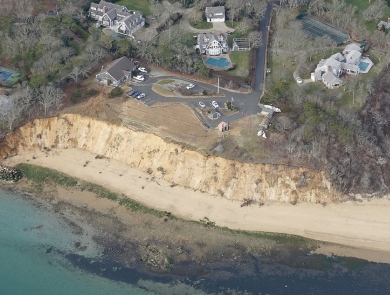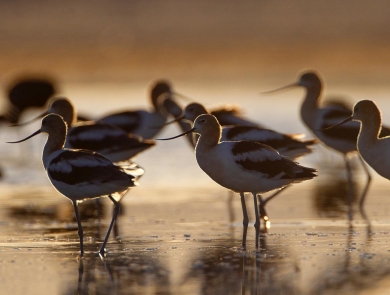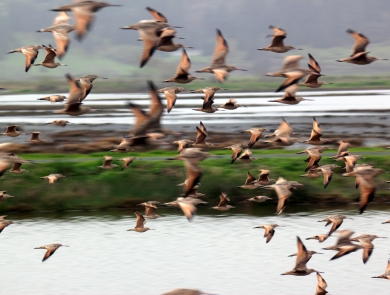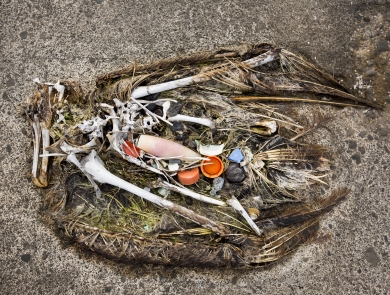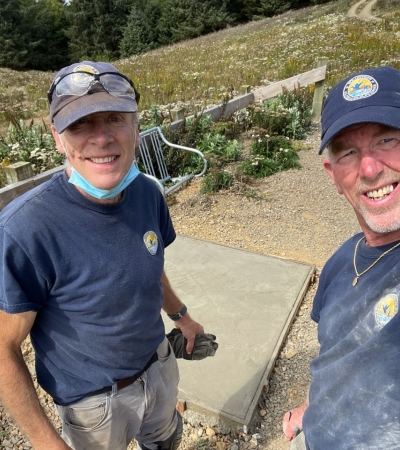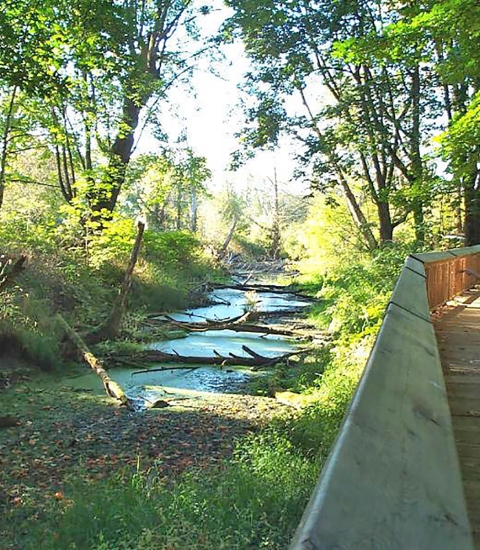Facility
Location
5437 West Jefferson Ave.
Trenton, MI 48183
United States
Volunteer Position Overview
About This Position
If you love to fish, tell your fish stories and get others interested in fishing, this is the position for you! The Refuge fishing pier extends 740 feet into the Detroit River and connects to a 150-foot-long fishing pier. Volunteer monitors will help guide people, answer questions and pick up litter. There is no expectation these volunteers will provide law enforcement coverage, just a welcoming face.
Age Requirement: Age 18 years old and up. Minors 15 years old and younger must be accompanied by a guardian.
Come join us!
Duties/Activities
Stories About Volunteering
Other Ways to Work with Us
Are you looking for something different than a volunteer opportunity? The Fish and Wildlife Service employs around 9,000 people nationwide and offers great internship opportunities every year.
